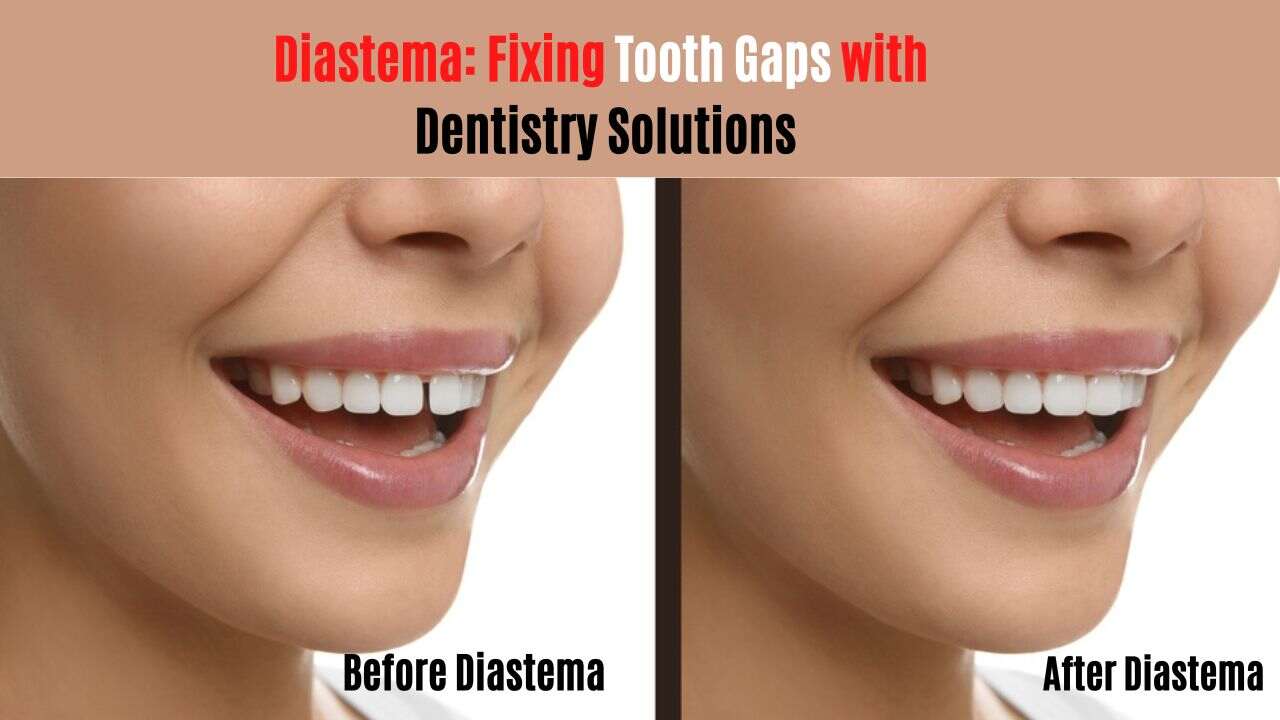Diastema is a disease in which the teeth do not fit properly into their sockets. Different forms of diastema can arise and generate various symptoms. If you’re concerned about your teeth or have been diagnosed with diastema, continue reading to learn more about the many forms, causes, and treatments of this frequent dental disease. You’ll learn about diastema and how it may be treated, as well as the cost of treatment and when to see a dentist for diastema. So, whether you have diastema or are simply concerned about your teeth, keep reading for all the details!
What is Diastema?
Diastema is a disorder that occurs when the gap between the teeth does not entirely close during development. It can impair communication and eating, as well as self-image. These gaps can appear anywhere; however, they are most frequent between the two front teeth. This ailment is generally a cosmetic issue, although it can also be caused by gum disease.
Porcelain veneers, dental bonding, and braces are all treatments for diastema. If you are concerned about your diastema, consult with your doctor or dentist. Depending on the severity of the diastema, treatment options may include surgery or dental bridges.
Types Of Diastemas
Diastema may appear within any of the teeth. However, the two most common types of teeth gaps are as follows:
- Midline diastema: A midline or median diastema is a space between two front teeth, either top or bottom.
- Mandibular diastema: A gap between the bottom teeth is called mandibular diastema.
Causes of Diastema
Several reasons cause diastema. A combination of the different indicators might cause a teeth gap:
Normal Growth
The gap between the two teeth in front is generally a natural component of a child’s tooth growth. Half of the youngsters aged 6 to 8 develop gaps between the front teeth. It usually shuts about the stage the upper canines develop.
Your teeth’s shape, size, and position
Teeth with odd sizes, shapes, or positions may cause gaps. For example, if the canines are not even in their normal position, the two front teeth are not getting the pressure they need to stay together. This can result in teeth gaps.
Gum disease
Gum disease, often known as periodontitis, is an inflammation of the gums. It has the potential to harm the bone and tissue that supports the teeth. This can result in tooth decay and the growth of gaps.
Undersized or missing teeth
Diastema can form when some teeth are smaller or missing than others. This frequently affects the top lateral incisors, the teeth on each side of the two upper teeth in the front. A space between them can form if the lateral incisors on the upper side are absent or tiny.
Large labial frenum
The tissue that runs from the top lip’s interior to the gums above the upper teeth in front is known as the labial frenum. If this tissue is very thick, this may cause a gap leading to diastema.
Symptoms Of Diastema
A noticeable teeth gap is the main symptom that causes diastema. If a person’s teeth are loose due to gum disease or dental issues, the individual may suffer discomfort and pain, particularly while eating. Some common gum disease symptoms usually involve:
- Dark red gums
- Painful or swollen
- Bleeding gums
- Gum recession
- Terrible smell
- Missing teeth
Treatment of Diastema
If you have a diastema, you should consult a doctor to identify the best treatment. There are several treatment choices available. Therefore, selecting the one most suited to your specific condition is critical. If treatment is not medically essential, but the patient prefers to close the gap for cosmetic reasons, a dentist can advise on the best course of action. Among the most prevalent treatment options are as follows.
Dental Bonding
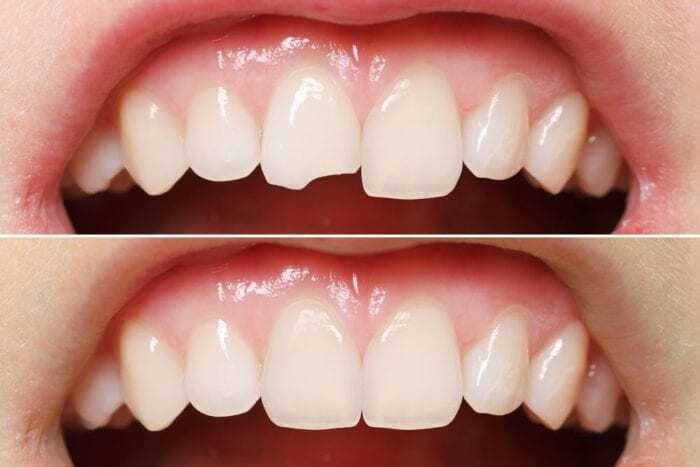
The dentist will use a tooth-colored resin composite substance to close the gap. The teeth are, therefore polished and shaped to give them a natural look.
Porcelain Veneers
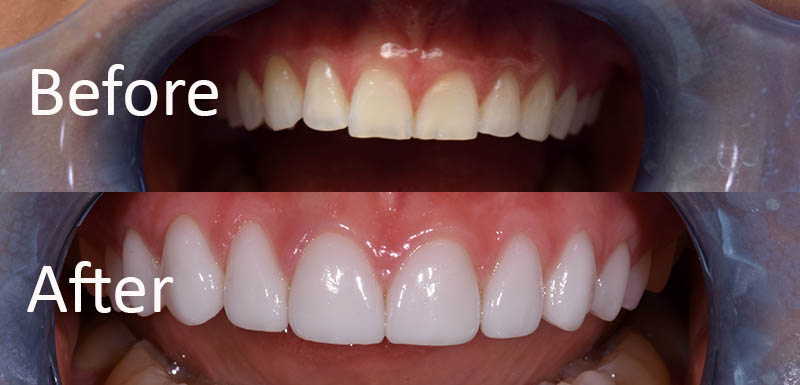
These veneers are custom-made porcelain shells firmly attached to the front surfaces of the teeth. They can fill gaps among teeth to create a more pleasing appearance.
Braces
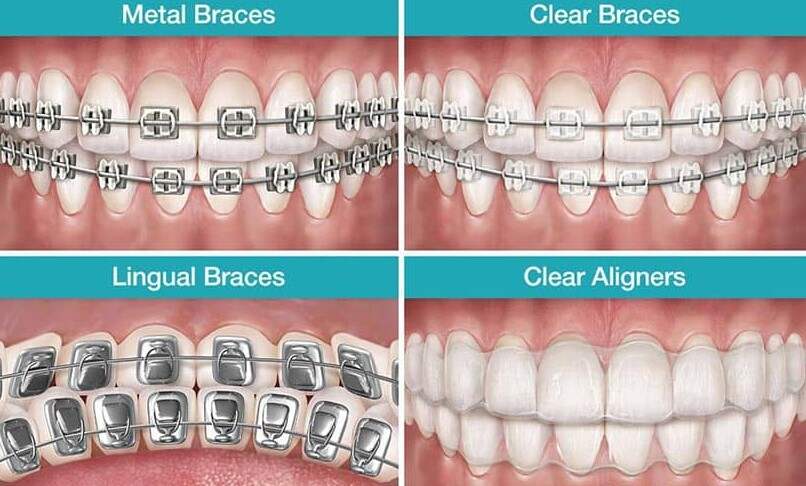
If the teeth gap is comprehensive, clear orthodontic aligners or braces may be required to pull the teeth nearer collectively physically.
Dental Bridge
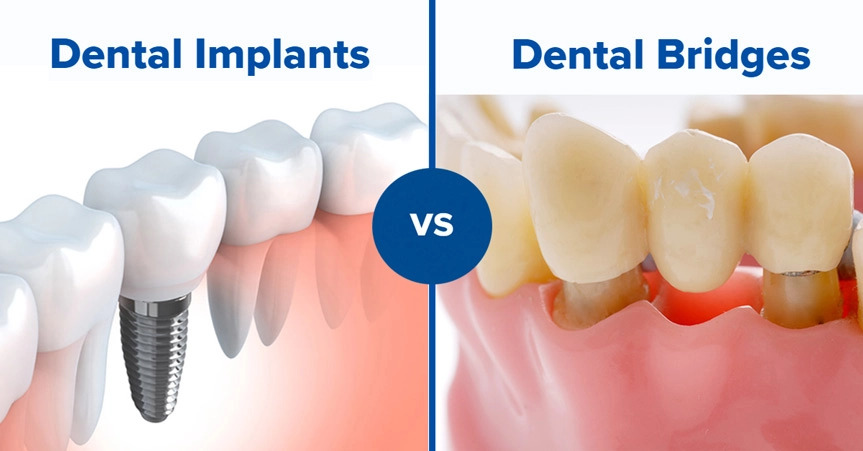
If a lost tooth causes a teeth gap, the dentist can advise to replaces it with a bridge. You should have two great teeth along either of the teeth gaps to put a bridge. These teeth would be modified to act as anchors for the upcoming restoration.
Dental Implant
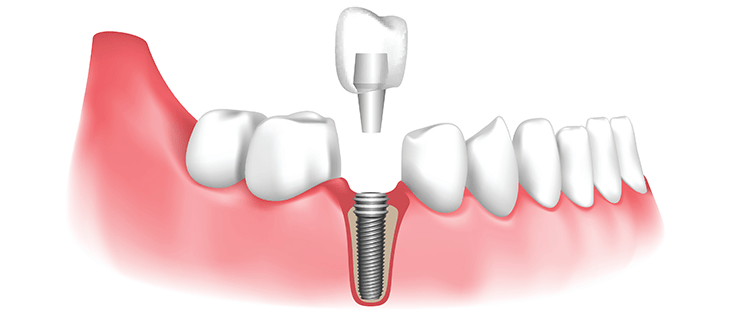
An implant, like one dental bridge, restores a lost tooth. A dental implant eliminates the necessity to modify the adjoining teeth. A dental implant is a titanium post with threads that substitutes a damaged tooth root. A dental crown is employed to repair it and fill the space among the teeth when it has healed.
How Common is Diastema?
Diastema is a frequent medical condition that affects both adults and children. It is described as the separation of the middle lip (labia) caused by delivery or heredity. Diastasis is classified into three types: mild, moderate, and severe. Pain when chewing or talking, trouble opening the mouth wide enough to eat or drink comfortably, and irregular tooth alignment caused by mal-positioned teeth during infancy or youth are all symptoms of diastema.
Diastema can be caused by various factors, including tight muscles around the lips, poor dental hygiene, preterm deliveries, and nursing problems. It is critical to get medical assistance if you observe diastema’s signs or symptoms. Several diastema remedies are accessible, and the sooner it is treated, the better the result will be.
Gum Disease Treatments for Diastema
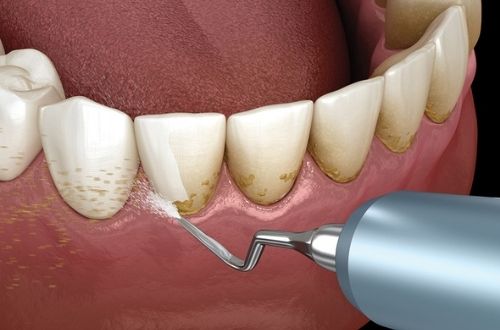
If your gap is caused by gum disease, the dentist will initially seek to manage the condition. If the condition is not too severe, the dentist may employ less intrusive procedures such as:
- Antibiotics: The dentist may prescribe antibiotics due to a bacterial infection. Moreover, topical antibiotics, such as gels or mouth rinses, are administered between the gums and teeth. Antibiotics taken orally may also be required.
- Scaling: This cleans microorganisms from your teeth and gums.
- Root Planing: The dentist will polish the teeth’s root surfaces. This eliminates germs and aids in the prevention of bacteria and tartar formation.
Gum disease surgical treatments encompass:
- Bone Grafting: This procedure is undertaken when gum disease has damaged the underlying bone. The bone graft might be donated, synthetic, or your own.
- Soft Tissue Grafts: Soft tissue from the mouth’s roof may be extracted and connected to the damaged gum. This can assist in covering uncovered roots and reinforcing injured tissue.
- Tissue-stimulating proteins: A gel will be applied to an injured tooth root by the dentist. This promotes the development of healthy tissue and bone.
- Guided tissue regeneration: The dentist will insert a special material between teeth and bone to aid in the rebuilding of damaged bone. This prevents tissues from penetrating and allows the bone to regenerate correctly.
- Flap surgery: The dentist will make tiny incisions and lift a portion of the gum during this operation. This reveals the teeth’ roots, allowing for more efficient root planing and scaling.
Diastema Diagnosis
The diastema diagnosis is straightforward. During a typical dental exam, a dentist can easily detect diastema. There is no need for additional testing. Usually, the person will discover the gap when cleaning or flossing their teeth.
Prevention for Diastema
Diastema is induced by heredity, and there is no prevention method. It’s merely a trait passed on from your grandparents or parents. However, by practicing proper dental hygiene and seeing the dentist for frequent cleanings and check-ups, you can reduce the likelihood of infection-related diastema. Several specific preventative measures for this condition include:
- Cleaning teeth twice a day
- Flossing everyday
- Cleanings and check-ups at the dentist regularly.
- Preventing thumb sucking and assisting youngsters in breaking the practice
- Repairing faulty swallowing reflexes
Schedule an appointment with the dentist soon if you experience swelling, redness, bleeding, or other indicators of gum disease.
Diastema Treatment Cost in India
You have come to the right place if you’re seeking information about diastema treatment costs in India. Diastema is a congenital condition that causes the lower lip not entirely to shut. It is commonly fatal in babies and can be caused by genetic or environmental causes. Diastema treatment options include surgery, splints, and dietary adjustments. Diastema therapy costs vary according to location, severity, and kind of diastema. The cost of the diastema closure is determined by the approach taken. The cost might range from Rs.500 and Rs.2000 for every tooth.
When to see a dentist?
Diastema is a frequent dental issue affecting the upper teeth. It is a detachment of the two upper teeth, generally on the right but occasionally on the left. The causes might vary, but most instances are caused by early development issues such as malalignment or overcrowding during early childhood development. Several treatments are available, including surgery and implants (dental bridges). If you detect diastema symptoms such as discomfort, difficulty chewing, or difficulty speaking openly, you should consult a dentist immediately since untreated diastema can lead to more significant tooth problems in the future. So don’t put it off any longer; get yourself checked up immediately!
Conclusion
Diastema is a common facial malformation that can cause shame in several people. Therefore, before seeing a dentist, you should study the symptoms, kinds, and treatment options. This blog covers all you need to know about diastema, from definition to treatment choices. Furthermore, if you are seeking a dentist in India who can treat diastema, Glamyo Dental can be the best option, assisting you with the best treatment. Thank you for reading, and we hope you found this blog helpful.
You May Also Like
| How to Remove Tartar from Teeth? | What are Removal Braces (Aligners)? |
| Ketorol DT for Toothache: Uses, Benefits, Dosage, and Price | Ketorol DT Tablet Uses in Hindi |
Frequently Asked Question For Diastema
A diastema can form if some teeth are absent or smaller than others. Gum disease, poor dental practices, small teeth, and a big labial frenum are a few other causes
Diastema is noticeable as a gap between the teeth.
Yes, humans can have diastema. This disease is prevalent in children’s teeth and can also occur in adult teeth.
The tooth gap in kids typically closes at eight or nine. However, if it has not filled on its own after the incisors and adult canines have emerged, the kid may require help filling it.
Dental bonding, dental implants, veneers, braces, and dental surgeries are some of the best ways to treat diastema teeth
Since each person’s situation is different, there is no definite solution to how to address diastema. Antibiotics, sealants, and gingivectomy are among the most popular treatments for diastema.
Yes, there are several therapy options available for persons who have diastema. Surgery, dental injections, braces, and extensions are the most prevalent procedures


